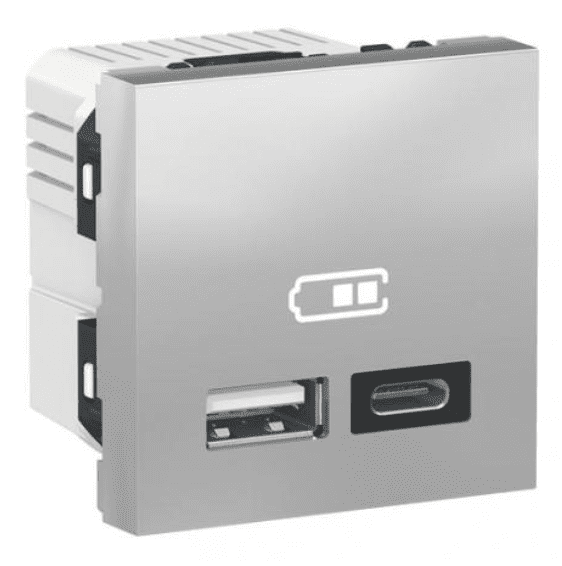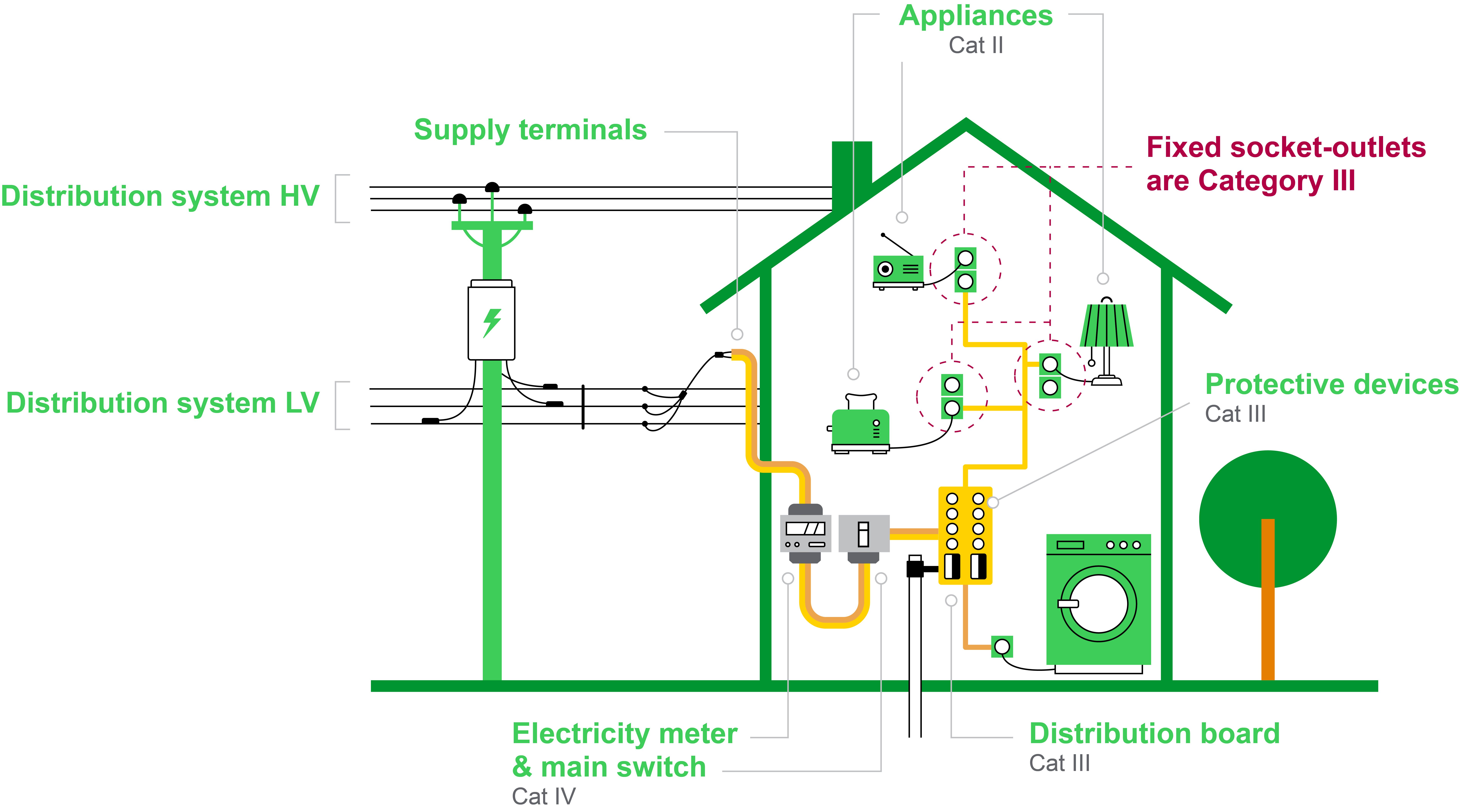The best charging solution at home and on the road – Some key points related to safety
USB chargers, whether fixed or portable, are a great alternative to adaptors, at home, in hotel rooms, in airports, in railway stations or in university libraries. That’s the safest way to charge your smartphone, wherever you are in the world.
We are all familiar with the portable USB battery chargers that come with our smartphones and tablets, the ones we plug into 120/230 V domestic socket-outlets. International travelers frequently need travel-adaptors for these chargers since local fixed socket-outlets are often not compatible with them.
Travel adaptors, however, are often not the best solution for such interoperability issues. Even if they claim to be “universal”, they may not necessarily be safe in all applications.
From a pure electrical point of view, minimizing the number of connections in a circuit is always the best practice. Adding adaptors increases circuit resistance. This may waste energy and increase temperatures significantly while creating the possibility of arcing, all of which can result in a dangerous situation.
A second effect to consider is how “short-term solutions” such as travel adaptors are directly linked to the increase of waste electrical and electronic equipment (WEEE).

A universal alternative to adaptors
Today, a universal, reliable, and safe solution exists in the form of a USB charger-outlet for fixed installations. The charger-outlet provides the “universal interface” advantages of the USB system and can be installed like a normal socket-outlet at home and in hotels, airports, railway stations, universities, etc.
Two USB interfaces are offered to users: the historic USB type A, which is well known all around the world, and the more recent standard USB type C, which provides more power and faster charging. The Type C connector is also more robust and allows insertion of the plug with either side up.
Now hotels, airports, railway stations, universities, etc. can provide dedicated USB charging availability in a way that avoids the installation of socket-outlets from different country systems or “international” socket-outlets – practices not allowed by codes and regulations in most countries.
Many of these places are already equipped with such USB charger-outlets, making life easier for travellers and reducing the need for travel adaptors.
At home, the kitchen is often a good place to install this USB charger-outlet, as long as you take care to avoid cooking and washing areas. Imagine checking for a favourite recipe on the Web while recharging your smart-phone battery at the same time. Of course, other locations throughout the home can be chosen, as well.
Ensuring electrical safety for users
Even with their low-voltage output, USB chargers must provide enough electrical safety for users, knowing that these devices are connected to the main AC voltage of 230 V or 120 V. See the figure below for an example of a simplified USB charging-outlet architecture.

As far as safety is concerned, it’s important to note that portable devices are not suitable for fixed installations as their internal design, electrical circuits, and components do not have the same level of electrical insulation requirements. In other words, this is an issue of Over Voltage Category (OVC).
To simplify, OVCs characterize the ability of an electrical equipment to withstand the different transient overvoltages with an appropriate insulation between conductive parts and their environment. Transient overvoltages can occur in various locations, including the supply voltage network, electrical installations in a building, and in plug-in appliances.
Basically, there are four OVCs – from IV to I – described in the IEC 60364-4-44 § 443-6-2. The designations allow sizing of the electrical insulation in correlation with the main voltage system to which the equipment is to be connected.

Let’s focus on two of these categories. When the device is intended for a fixed installation, such as a socket-outlet at home, it shall be considered OVC III. When the appliance is portable, like a coffee machine or portable phone charger, it shall be considered OVC II.
In terms of internal design and construction, a portable OVC II device is unlikely to meet the more stringent requirements of OVC III, which apply for fixed installation devices. Designing a USB charger-outlet is not simply a matter of transferring an existing phone charger design to a wall box. Different components and construction are required to meet the higher OVC requirements and ensure a greater service life than that which is normally expected from a portable charger.
The basic safety publication IEC 60664-1, Insulation coordination for equipment within low-voltage supply systems, provides guidelines for the sizing of insulation that consider OVCs and the nominal voltage of the supply system. (Nominal voltage systems used worldwide are described in IEC 60038 IEC standard voltages.) Note that the three-phase supply voltage system (e.g., 230/400 V) shall be selected even if the device is supplied between line to neutral voltage only (e.g., 230 V).
Returning to the figure above, the USB charger circuit design and all the components, including the transformer between the supply voltage (230 V here) and the USB outlet (5 V here), must provide in all circumstances the necessary insulation, sized according to the nominal supply voltage system, OVCs, and the device purpose (portable or fixed installation). Note that the term “all circumstances” means under normal and fault conditions, and with consideration of surrounding conditions like the presence of water.
IEC is developing a new standard to address the safety and reliability challenges presented by fixed installations. Announcement of this new standard is expected in the coming months.
Some good practices to follow with any charger
Whether a charger is fixed or portable, the following good practices can reduce the risk of accidents and injury:
- With fixed charger-outlets, always disconnect the USB cord after charging
- Ensure your phone is not covered while charging, e.g., under bedcovers, or in an insufficiently ventilated space
- Never recharge your phone while sleeping
- Never recharge and/or use your phone while bathing
Take care and stay connected to the world!
Olivier Harre


